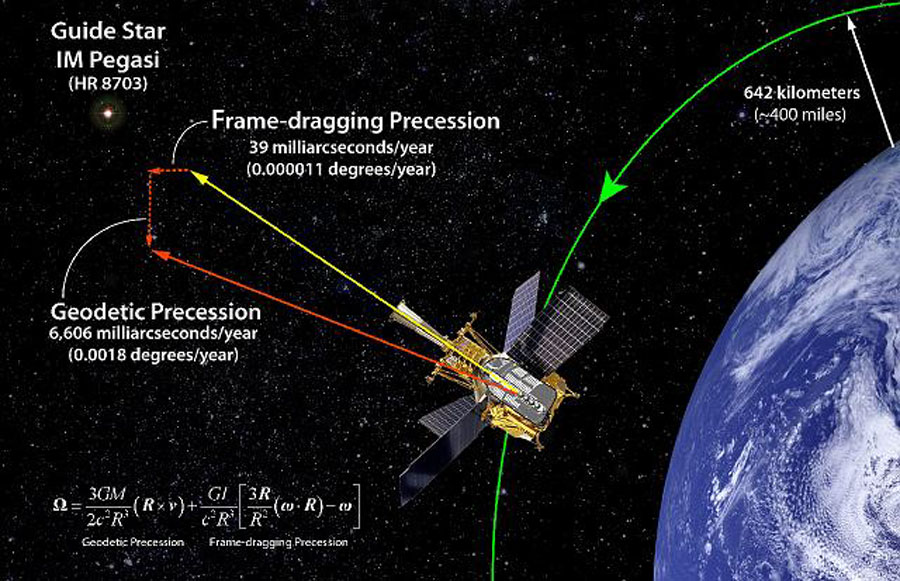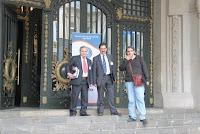
"Omenirea se conduce cu simboluri: multe, lunare; putine, solare. Chiar numerele folosite sunt simboluri care sufera de-o periodicitate elementara. Prin comparatie, omul vrea o substituire permanenta, dar o obtine cu ajutorul simbolurilor strict genetice. Lipseste Simbolul cel Mare, ocolul superior facut omenirii, numarul impar care detine puterea reala, nu aparenta puterii. Cand don Quijote vede douasprezece icoane, ca toate lunile anului, are intuitia lipsei celei de-a treisprezece icoane. Omenirea o ascunde, dupa ce-a dat-o jos de pe cruce, a inchis-o in grota, a pazit-o, apoi a dezmintit doua milenii invierea ei. Pentru a vedea aceasta icoana face atatea ocoluri casei sale, dar gravitatia ii agraveaza mersul calare si mersul pe jos, ii ingreauneaza trupul si-i energizeaza mintea care nu-l poate apara mul timp. …"
Lucian Tamaris (Don Quijote - Al doilea sacrilegiu, Ed. SPIRIT, 2010)

"Fericit esti cand faci si nu tremuri; cand inveti si nu razi; cand privesti si nu plangi. Nefericitul imbratiseaza o mare neintelegere, dar o simte la sfarsitul lumii. Se tareste la munca, la razboi, la pieptul mamei; rumega linistit sfasierea si departarea. Peste goliciunea trupului cere o iluminare; isi indoaie spinarea si merge pe cararea pierduta de toti. Frica ii balanseaza inima, dar sporii ies din ea si capata forme de templu.
…
Creatorul a lasat peste pamant primul rasarit de soare, iar maimutele au inteles ca era dimineata; au coborat din arbori ca sa spuna ceva, sa supuna si sa nu ceara iertare niciodata. Nu s-a facut un troc, nu era sarbatoare, dar ele au coborat sa stapaneasca Discernamantul lasat de Creator celor umiliti si drepti.
…
Cine are credinta n-are nevoie de incredere in om, in plante, in animale, in mainile care se opun inimii, dar fermenteaza cu mintea care, din cuibul ei, da ordin sa se amestece veghea de noapte cu veghea de zi. Copil, nu stiam ca primul plans e inceputul credintei. Am vazut apoi primul ras si n-am inteles daca eu eram un joc al rasului cu plansul.
…

Apa nu mananca, nu bea, nu imbatraneste, nu moare. Apa hraneste lumea si lumea n-o cunoaste; se ineaca in ea, cautand adevarul. Focul mananca pana se intalneste cu apa: doua oginzi in care se priveste Creatorul indurerat. La vederea Domnului, care oglinda se sparge in atatea cioburi, cate fiinte au fost create? Apa primeste durerea, o inalta in toate corpurile, dar plantele nu simt durerea in locul atins, ci mult mai departe. Durerea accelereaza sangele si seva; dar in varful coroanei, durerea are alt amestec si putere, alta folosinta, dacat durerea din radacini."
Lucian Tamaris (Acesta este sangele meu, Ed. SPIRIT, 2010)
Ref.: www.librariaeminescu.ro/autor/7178/Lucian-Tamaris



















